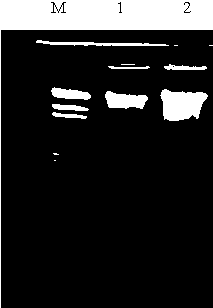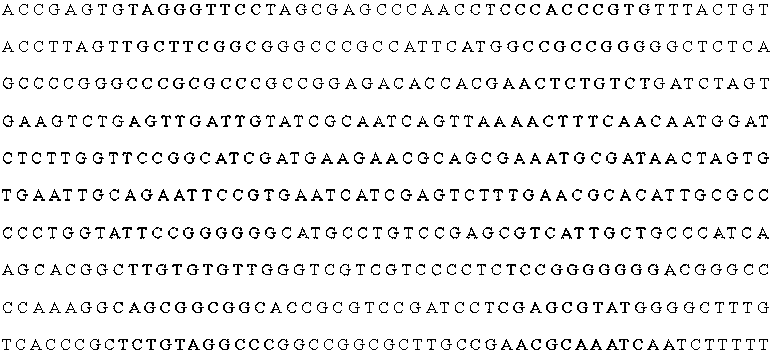AFB1 degrading bacterium and degrading enzyme
A technology for degrading enzymes and degrading bacteria, applied in the direction of enzymes, fungi, enzymes, etc., can solve problems such as adverse effects
- Summary
- Abstract
- Description
- Claims
- Application Information
AI Technical Summary
Problems solved by technology
Method used
Image
Examples
Embodiment Construction
[0024] AFB 1 Screening of degrading bacteria: AFB 1 Dissolve it into a solution with a concentration of 100 μg / L, and then evenly spread it on the PDA solid medium; according to the liquid-solid ratio mL / g, the decaying organic matter is subjected to 10 5 Diluted twice, and then evenly coated on the surface containing AFB 1 Cultured on the PDA solid medium at 29°C for 6 days. Observe the changes of the colonies every day. Among them, the earliest and better growing colonies appear, which are considered to be the target single colony (with strong aflatoxin decomposition ability) AOYIN2012Y8, in China The registration number of the Microbial Culture Collection is CGMCC No. 5817, and its morphological characteristics are: the strain grows rapidly on PDA medium, and the existing hyphae grow in a large amount at 24 h of solid fermentation culture, and then a large number of spores are produced. At 72 h, the medium was covered with spores and turned yellow-brown. Pick the hypha and ob...
PUM
| Property | Measurement | Unit |
|---|---|---|
| molecular weight | aaaaa | aaaaa |
| molecular weight | aaaaa | aaaaa |
Abstract
Description
Claims
Application Information
 Login to View More
Login to View More - R&D
- Intellectual Property
- Life Sciences
- Materials
- Tech Scout
- Unparalleled Data Quality
- Higher Quality Content
- 60% Fewer Hallucinations
Browse by: Latest US Patents, China's latest patents, Technical Efficacy Thesaurus, Application Domain, Technology Topic, Popular Technical Reports.
© 2025 PatSnap. All rights reserved.Legal|Privacy policy|Modern Slavery Act Transparency Statement|Sitemap|About US| Contact US: help@patsnap.com



